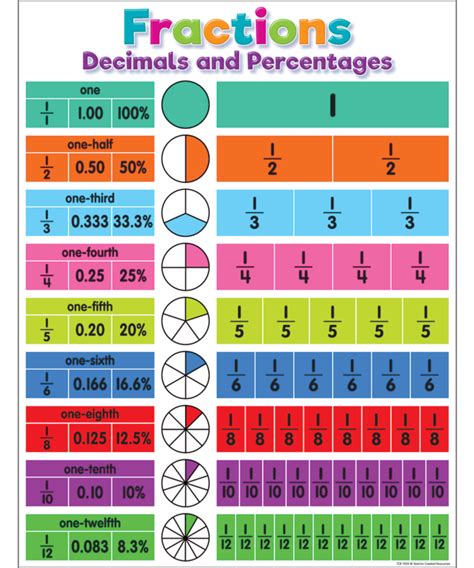What Is 11/16 As A Percent
Kalali
Apr 01, 2025 · 4 min read

Table of Contents
What is 11/16 as a Percent? A Comprehensive Guide
Converting fractions to percentages is a fundamental skill in mathematics with broad applications in everyday life, from calculating discounts and tips to understanding statistics and financial data. This comprehensive guide will delve into the process of converting the fraction 11/16 into a percentage, exploring various methods and providing a deeper understanding of the underlying concepts. We'll also touch upon practical applications and related calculations.
Understanding Fractions and Percentages
Before diving into the conversion, let's briefly review the concepts of fractions and percentages.
Fractions represent parts of a whole. The numerator (top number) indicates the number of parts we have, and the denominator (bottom number) indicates the total number of parts the whole is divided into. In the fraction 11/16, 11 is the numerator and 16 is the denominator. This means we have 11 out of 16 equal parts.
Percentages, on the other hand, represent parts of a whole as a fraction of 100. The symbol "%" signifies "per hundred." Therefore, 50% means 50 out of 100, or 50/100, which simplifies to 1/2.
Method 1: Direct Conversion using Division
The most straightforward method to convert a fraction to a percentage is by dividing the numerator by the denominator and then multiplying the result by 100.
-
Divide the numerator by the denominator: 11 ÷ 16 = 0.6875
-
Multiply the result by 100: 0.6875 × 100 = 68.75
Therefore, 11/16 is equal to 68.75%.
Method 2: Finding an Equivalent Fraction with a Denominator of 100
This method involves finding an equivalent fraction where the denominator is 100. While this might not always be possible with simple fractions, understanding the principle is valuable.
To find an equivalent fraction with a denominator of 100, we need to find a number that, when multiplied by 16, gives 100. However, 100 is not divisible by 16. Therefore, this method is not directly applicable in this case, but it serves as a useful alternative when dealing with fractions that can easily be converted to a denominator of 100. For example, converting 1/4 to a percentage would involve multiplying both the numerator and denominator by 25 (because 4 x 25 = 100) to obtain 25/100 = 25%.
Method 3: Using a Calculator
Most calculators have a percentage function that simplifies the conversion process significantly. Simply enter the fraction as a division (11 ÷ 16) and then multiply the result by 100. The calculator will automatically display the answer as a percentage: 68.75%.
Understanding the Result: 68.75%
The result, 68.75%, signifies that 11/16 represents 68.75 parts out of 100 equal parts. This percentage can be used in various contexts, offering a clearer representation than the fractional form, especially when communicating with people who are not comfortable working with fractions.
Practical Applications of Fraction to Percentage Conversion
The ability to convert fractions to percentages is crucial in several real-world situations:
-
Calculating Discounts: If a store offers a 11/16 discount on an item, converting this fraction to 68.75% provides a clearer understanding of the actual discount amount.
-
Analyzing Data: In statistics and data analysis, percentages provide a more readily understandable representation of proportions compared to fractions. For instance, understanding that 68.75% of respondents preferred a particular product is easier than interpreting 11/16.
-
Financial Calculations: Interest rates, profit margins, and investment returns are frequently expressed as percentages, making the conversion of fractional values essential for financial planning and analysis.
-
Scientific Calculations: Percentages are widely used in scientific fields to represent proportions, concentrations, and experimental results.
-
Everyday Life: From calculating tips to understanding sales tax, percentages play a vital role in our daily financial transactions.
Related Conversions and Calculations
Understanding the conversion of 11/16 to a percentage allows us to tackle related calculations:
-
Converting to a Decimal: The decimal equivalent of 11/16, as calculated earlier, is 0.6875.
-
Finding a Percentage of a Number: To find 68.75% of a number (let's say 200), we simply multiply the number by 0.6875 (200 x 0.6875 = 137.5).
-
Converting a Percentage to a Fraction: The reverse process, converting 68.75% back to a fraction, involves dividing by 100 and simplifying the resulting fraction (68.75/100 simplifies to 11/16).
Conclusion: Mastering Fraction-to-Percentage Conversions
Converting fractions to percentages is a fundamental mathematical skill with extensive practical applications. The method of dividing the numerator by the denominator and then multiplying by 100 is the most direct and efficient approach. Understanding the different methods and their underlying principles enhances mathematical proficiency and allows for confident application in various contexts. From analyzing data to performing financial calculations, the ability to seamlessly convert fractions to percentages is indispensable in navigating the numerical world around us. Therefore, mastering this skill empowers you to interpret data more effectively and confidently solve real-world problems. The specific example of 11/16 being equal to 68.75% serves as a practical illustration of this important conversion process. By practicing these methods, you will gain a stronger foundation in mathematics and be better equipped to tackle various challenges that require fraction-to-percentage conversion.
Latest Posts
Latest Posts
-
5 To The Power Of 1
Apr 02, 2025
-
How Many Centimeters Are In 8 Feet
Apr 02, 2025
-
Do Elements In The Same Period Have Similar Properties
Apr 02, 2025
-
How Big Is 24 Cm In Inches
Apr 02, 2025
-
How Many Ml Are In 60 Oz
Apr 02, 2025
Related Post
Thank you for visiting our website which covers about What Is 11/16 As A Percent . We hope the information provided has been useful to you. Feel free to contact us if you have any questions or need further assistance. See you next time and don't miss to bookmark.
